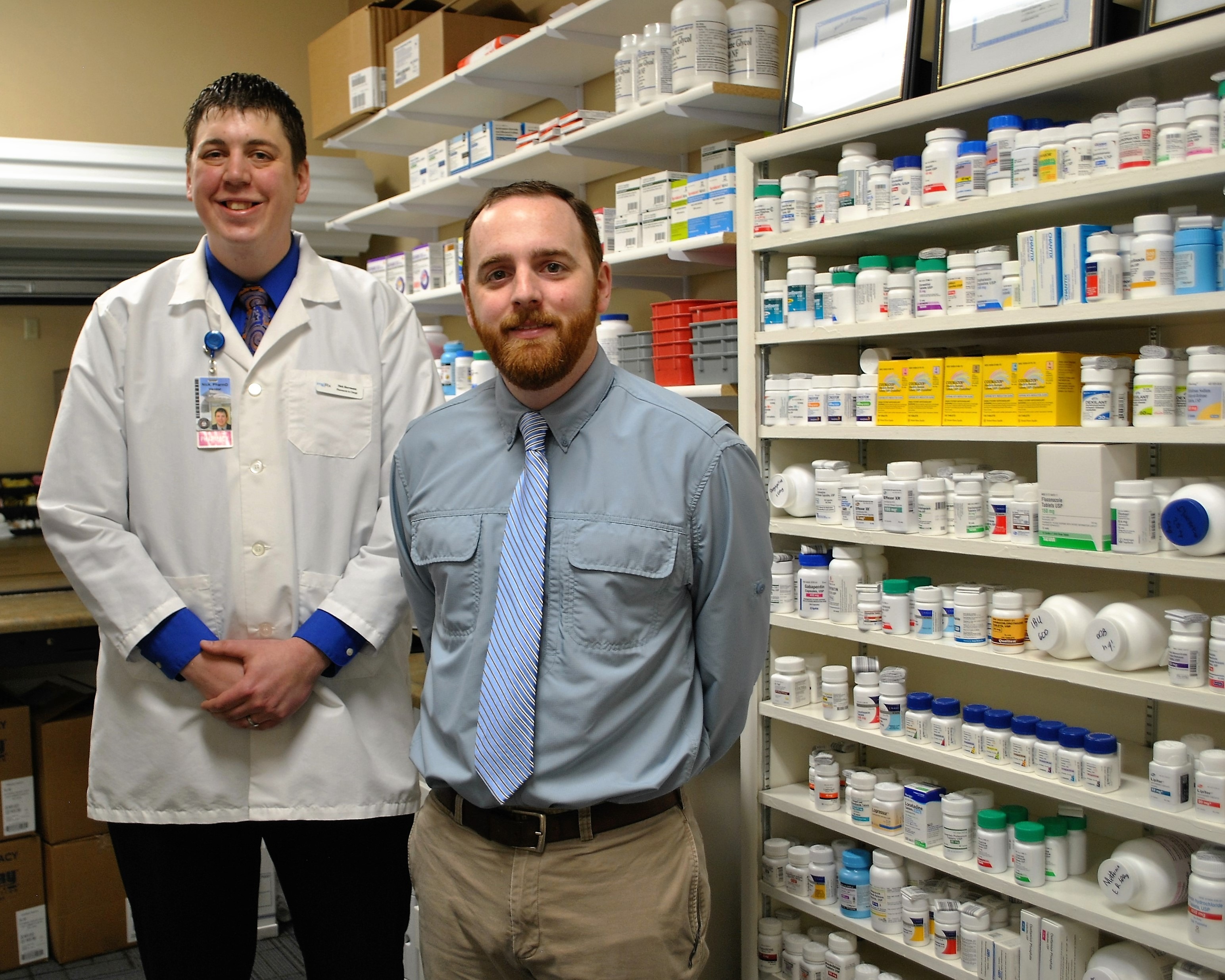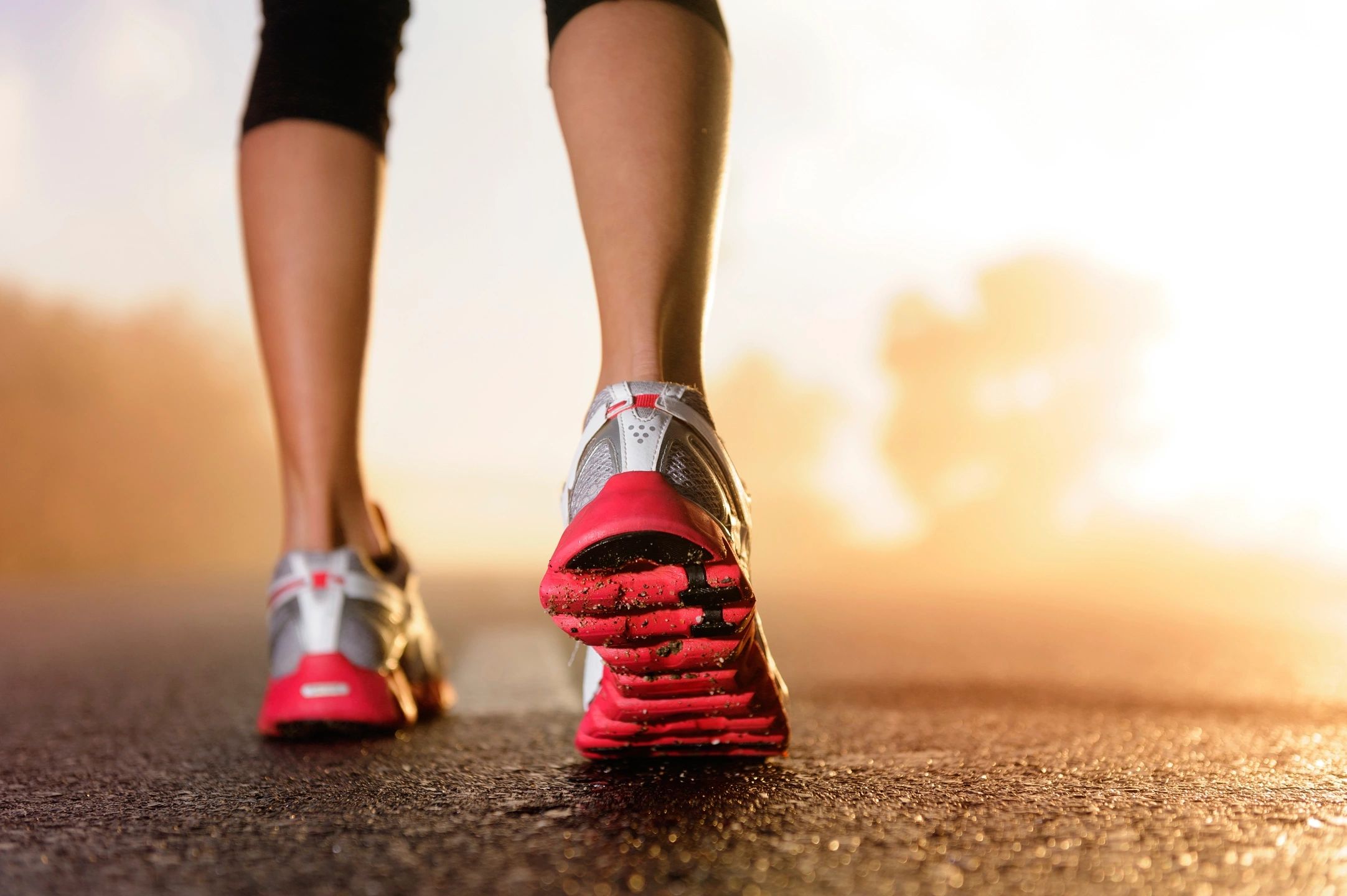The U.S. Food and Drug Administration today allowed marketing of the first motorized device intended to act as an exoskeleton for people with lower body paralysis (paraplegia) due to a spinal cord injury. ReWalk is a motorized device worn over the legs and part of the upper body that helps an individual sit, stand, and walk with assistance from a trained companion, such as a spouse or home health aide.
According to the U.S. Centers for Disease Control and Prevention there are about 200,000 people in the United States living with a spinal cord injury, many of whom have complete or partial paraplegia.
“Innovative devices such as ReWalk go a long way towards helping individuals with spinal cord injuries gain some mobility,” said Christy Foreman, director of the Office of Device Evaluation, at the FDA’s Center for Devices and Radiological Health. “Along with physical therapy, training and assistance from a caregiver, these individuals may be able to use these devices to walk again in their homes and in their communities.”
ReWalk consists of a fitted, metal brace that supports the legs and part of the upper body; motors that supply movement at the hips, knees, and ankles; a tilt sensor; and a backpack that contains the computer and power supply. Crutches provide the user with additional stability when walking, standing, and rising up from a chair. Using a wireless remote control worn on the wrist, the user commands ReWalk to stand up, sit down or walk.
ReWalk is for people with paraplegia due to spinal cord injuries at levels T7 (seventh thoracic vertebra) to L5 (fifth lumbar vertebra) when accompanied by a specially trained caregiver. It is also for people with spinal cord injuries at levels T4 (fourth thoracic vertebra) to T6 (sixth thoracic vertebra) where the device is limited to use in rehabilitation institutions. The device is not intended for sports or climbing stairs.
Prior to being trained to use ReWalk, patients should be able to stand using an assistive standing device (e.g., standing frame), and their hands and shoulders should be able to support crutches or a walker. Patients should not use the device if they have a history of severe neurological injuries other than spinal cord injury, or have severe spasticity, significant contractures, unstable spine, unhealed limb fractures or pelvic fractures. Patients should also not use the device if they have severe concurrent medical diseases such as infection, circulatory conditions, heart or lung conditions, or pressure sores.
Patients and their caregivers must undergo training developed by the manufacturer to learn and demonstrate proper use of the device.
To assess safety and effectiveness of ReWalk, the FDA reviewed testing done to assess ReWalk’s durability, its hardware, software and battery systems, and other safety systems that help minimize risk of injury should the device lose balance or power.
The FDA also reviewed clinical data based on 30 study participants. The clinical tests assessed the participants’ ability to walk various distances, the amount of time needed to walk various distances, performance on various walking surfaces and slight slopes, and performance walking in areas where jostling might occur. Studies also assessed the risk of certain physical effects on the user. Additionally, observational data from 16 patients were also provided to support use of the device on various walking surfaces in the home and community with various levels of assistance from a trained companion. Risks associated with ReWalk include pressure sores, bruising or abrasions, falls and associated injuries, and diastolic hypertension during use.
The FDA reviewed the ReWalk through its de novo classification process, a regulatory pathway for novel, first-of-its-kind medical devices that are generally low-to moderate-risk. The FDA is requiring Argo Medical Technologies, Inc., the manufacturer of ReWalk, to complete a post-market clinical study that will consist of a registry to collect data on adverse events related to the use of the ReWalk device and prospectively and systematically assess the adequacy of its training program.
The FDA, an agency within the U.S. Department of Health and Human Services, protects the public health by assuring the safety, effectiveness, and security of human and veterinary drugs, vaccines and other biological products for human use, and medical devices. The agency also is responsible for the safety and security of our nation’s food supply, cosmetics, dietary supplements, products that give off electronic radiation, and for regulating tobacco products.




